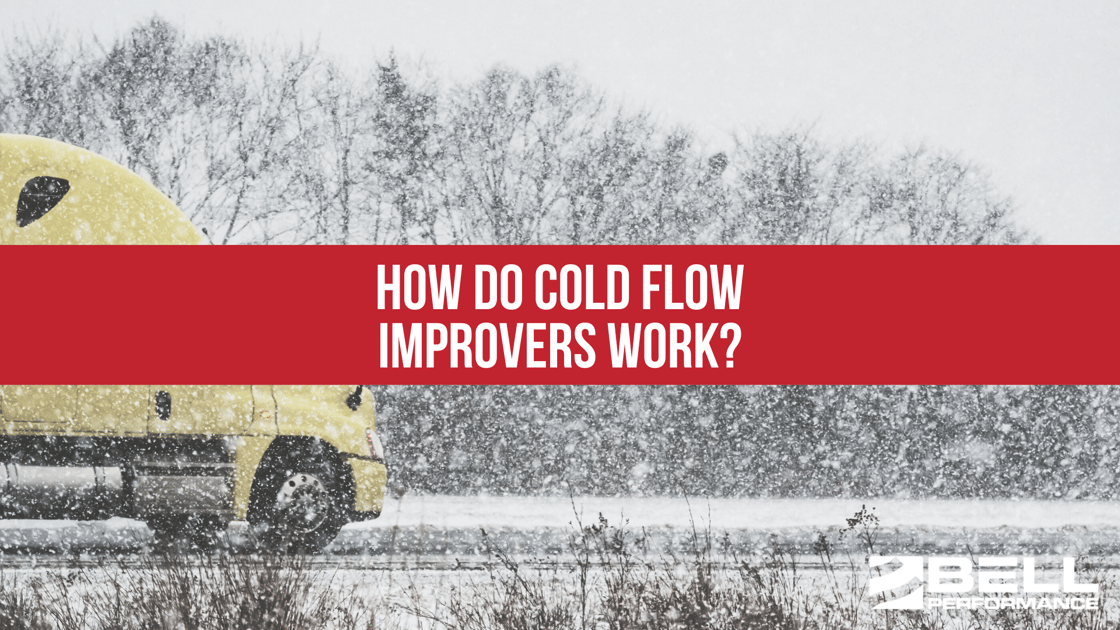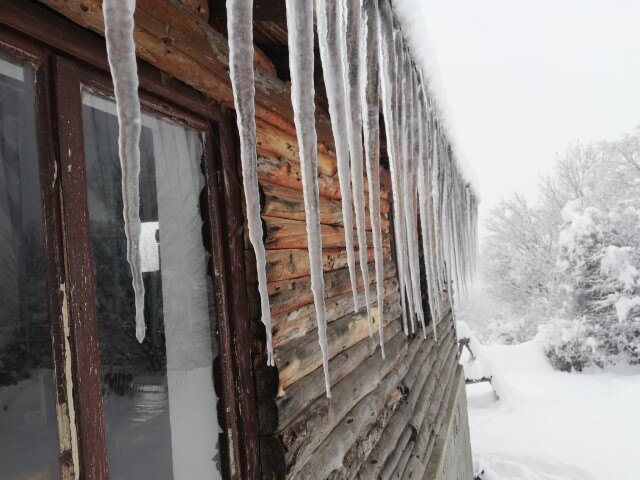Diesel Fuel Gelling - Get Prepared for the Coming Cold Weather
As the country's climate changes, we're seeing more and more severe winter weather events. As of this month, August, across much of the nation, the...

With fall and winter upon us, diesel fuel users are getting into the winter fuel mindset. The biggest issue with diesel fuel in the wintertime is the gelling problem. The weather gets cold, the fuel cools down towards its cloud point temperature, the paraffin wax content of the fuel becomes increasingly less soluble, and the wax comes out of suspension and clogs the fuel filter, shutting the engine down. Diesel fuel users in cold weather climates up north know this problem all too well.
 The most common way to prevent this diesel fuel gelling problem is to use a cold flow improver or anti-gel additive in the fuel before it gets too cold. But unless you’re a chemist, you probably don’t know anything about exactly how cold flow improvers work. We’re here to help.
The most common way to prevent this diesel fuel gelling problem is to use a cold flow improver or anti-gel additive in the fuel before it gets too cold. But unless you’re a chemist, you probably don’t know anything about exactly how cold flow improvers work. We’re here to help.
A “cold flow improver” or "anti-gel" is a specific kind of diesel fuel treatment used to prevent diesel fuel from gelling when the weather turns cold. At the simplest level, a cold flow improver does not change the fuel's cloud point. Instead, it keeps the fuel’s paraffin wax content from sticking together and getting caught in the fuel filter. But when you look deeper, you can see that the best cold flow improvers are actually combinations of a number of different kinds of treatments that work together to address different aspects of the fuel gelling problem. Together, they are more effective together than they are alone.
Anti-gel treatments are packages of multiple types of ingredients that work together to address the major aspects of fuel gelling. A good cold flow improver will contain the following types of things:
This is the primary thing people think of a cold flow improver doing. All diesel fuel has paraffin wax molecules dissolved in it. If the fuel gets too cold, these paraffins become less and less soluble. If it gets colder, it reaches a temperature where that wax forms crystals that can no longer stay dissolved in the fuel. The crystals come out of suspension (this is the cloud point - when enough of the crystals are out of solution that you can see them) and bump into each other, forming bigger and bigger crystals as they go. Given enough time (and low enough temperatures), that wax forms a web that can thicken up (gel) the diesel fuel. And when the fuel tries to go through the fuel filter, the filter catches that wax content and plugs up, cutting off the fuel supply and shutting the engine down.
So the wax dispersant part of a cold flow improver formula is very important. Provided it’s already present in the fuel when the wax crystals appear, the dispersant will work to keep the paraffin crystals away from each other. The crystals don’t get bigger and they can pass through the fuel filter without causing problems.
This is sometimes referred to in the industry as a WASA – a Wax Anti Settling Agent. When those wax crystals appear, they float around in the fuel. But if they get big and heavy enough, they can start settling out and collecting onto surfaces (including the surfaces inside the fuel filter). A wax anti-settling agent is used to keep those crystals from settling out of the fuel, which helps extend the time you have before you get filter plugging problems.
Petroleum chemists can come up with some ingenious ideas sometimes. The whole diesel fuel gelling issue has been known in the industry for decades. At some point, petroleum chemists could design special treatments called Wax Modifiers. They act on the wax crystals when they appear on the fuel and change their shape in ways that make it less likely for them to stick together, get bigger, and cause filter-plugging problems.
If you’re going to be running diesel fuel this winter in temperatures that may get below, say, 25 degrees, it’s a good idea to have a quality cold flow improver on hand. Put it into the fuel before the temperatures reach the problem point. That’s your best chance to avoid the severe inconvenience of diesel fuel gelling this winter.
As the country's climate changes, we're seeing more and more severe winter weather events. As of this month, August, across much of the nation, the...
In cases where diesel engines are going to be inactive for stretches during the winter, special steps need to be taken to prepare them. Most...

As winter approaches, we typically publish various blog articles with helpful advice on getting important appliances and equipment ready for winter –...